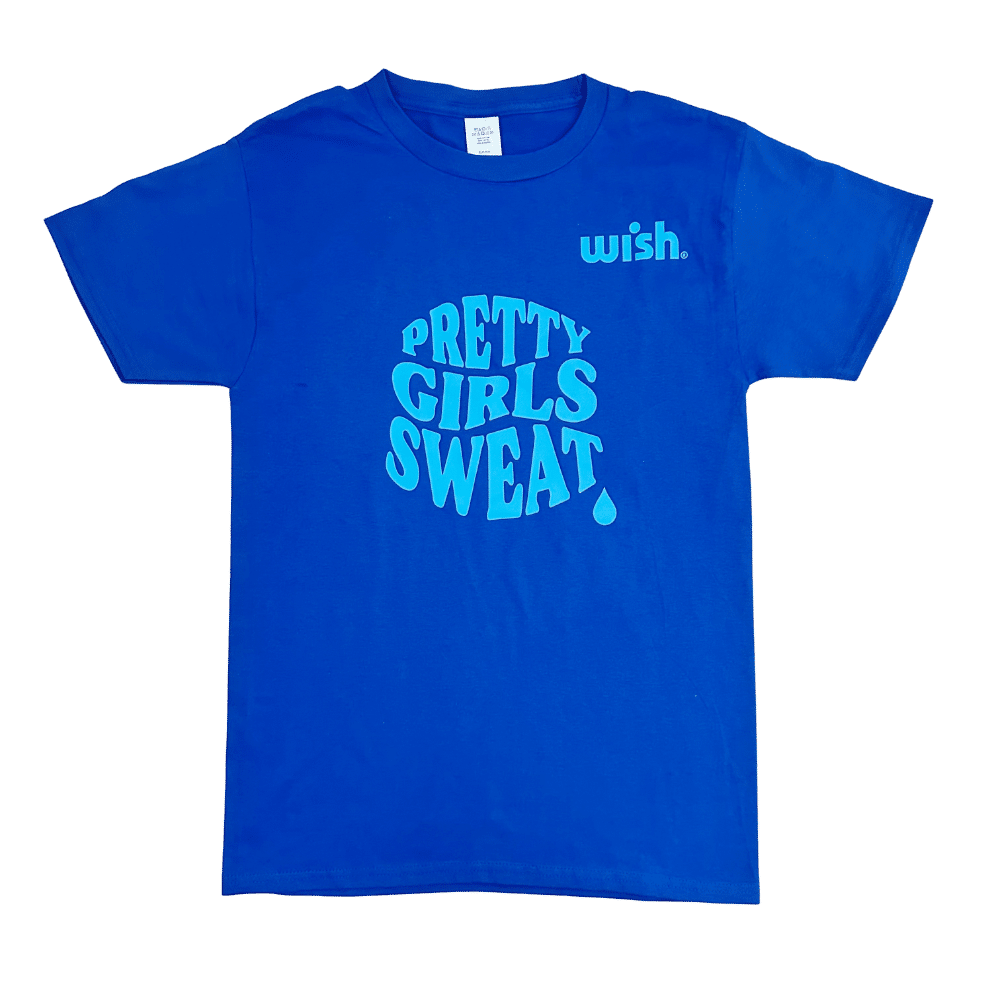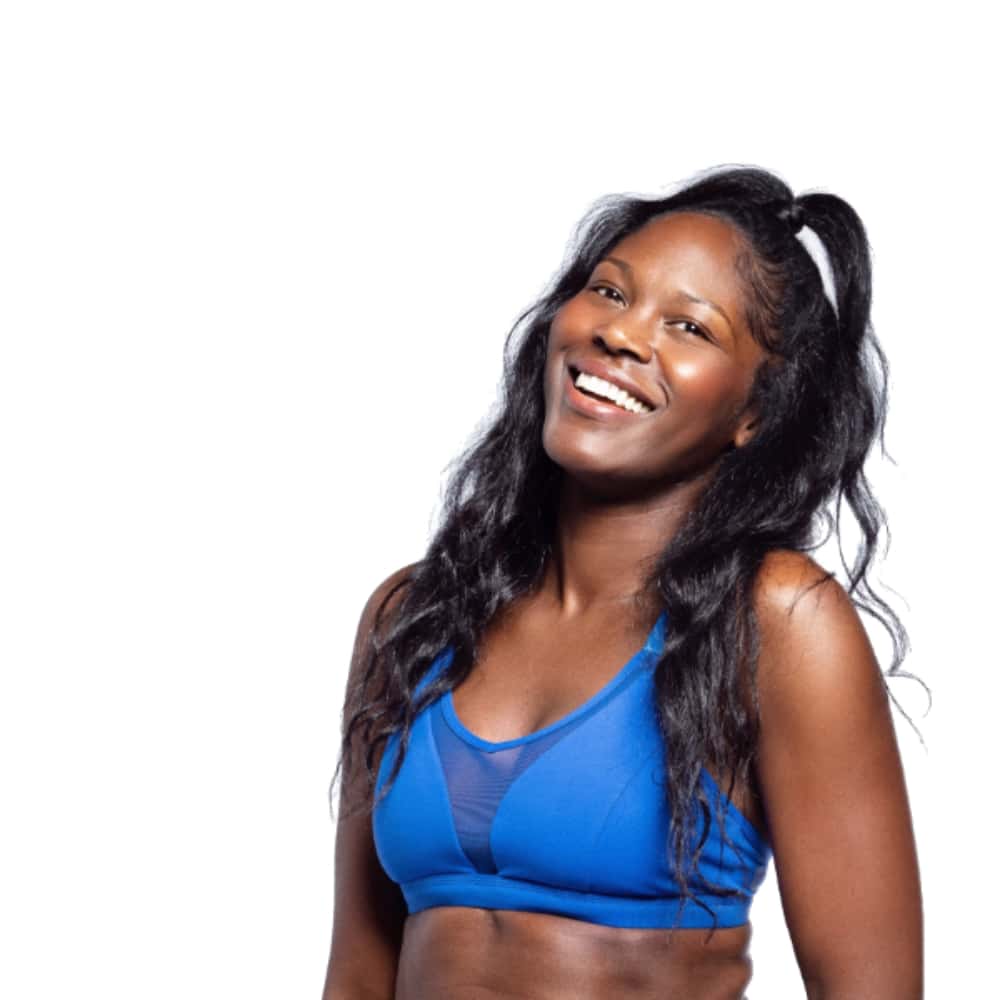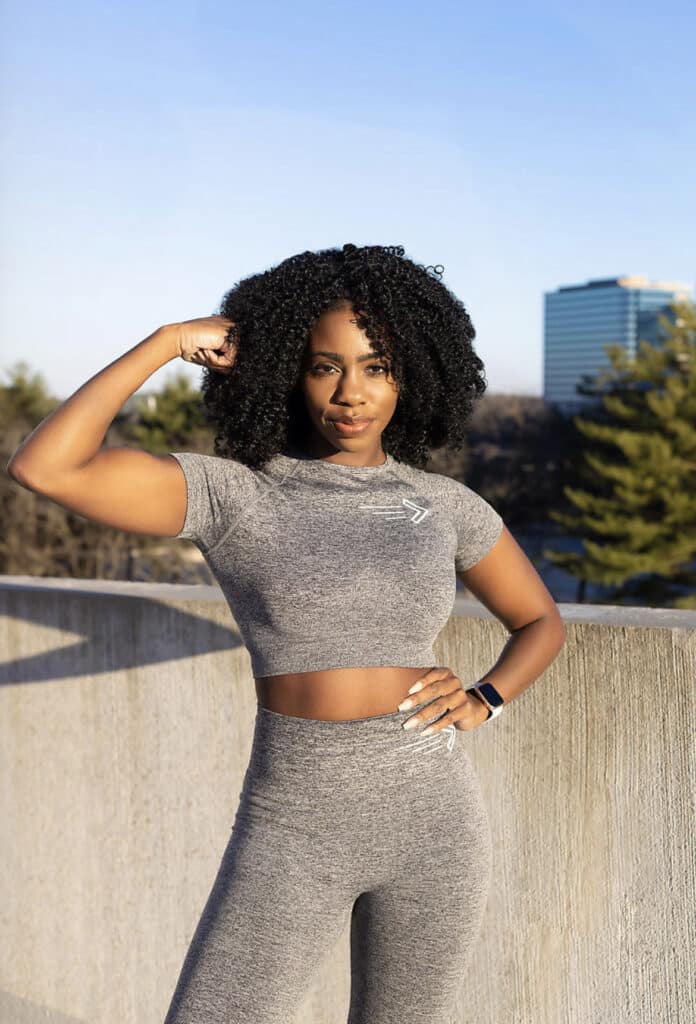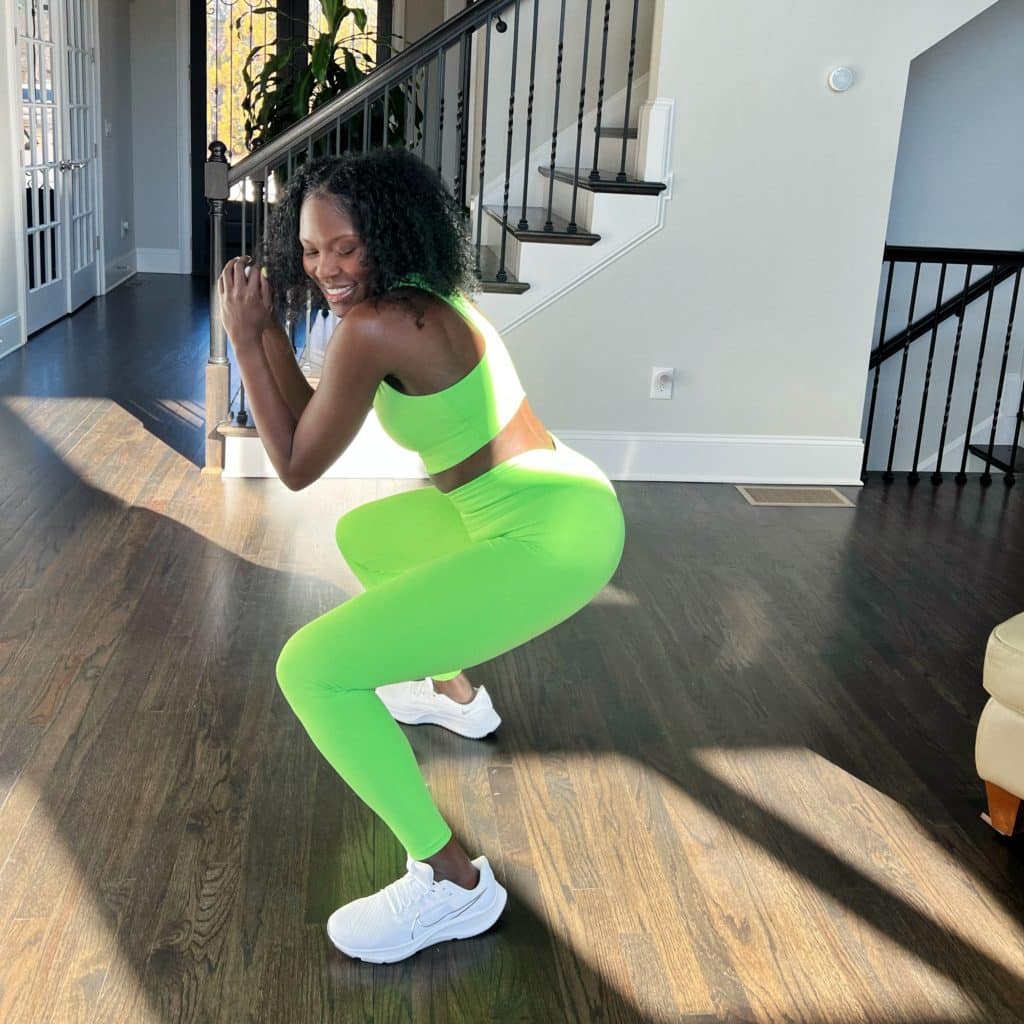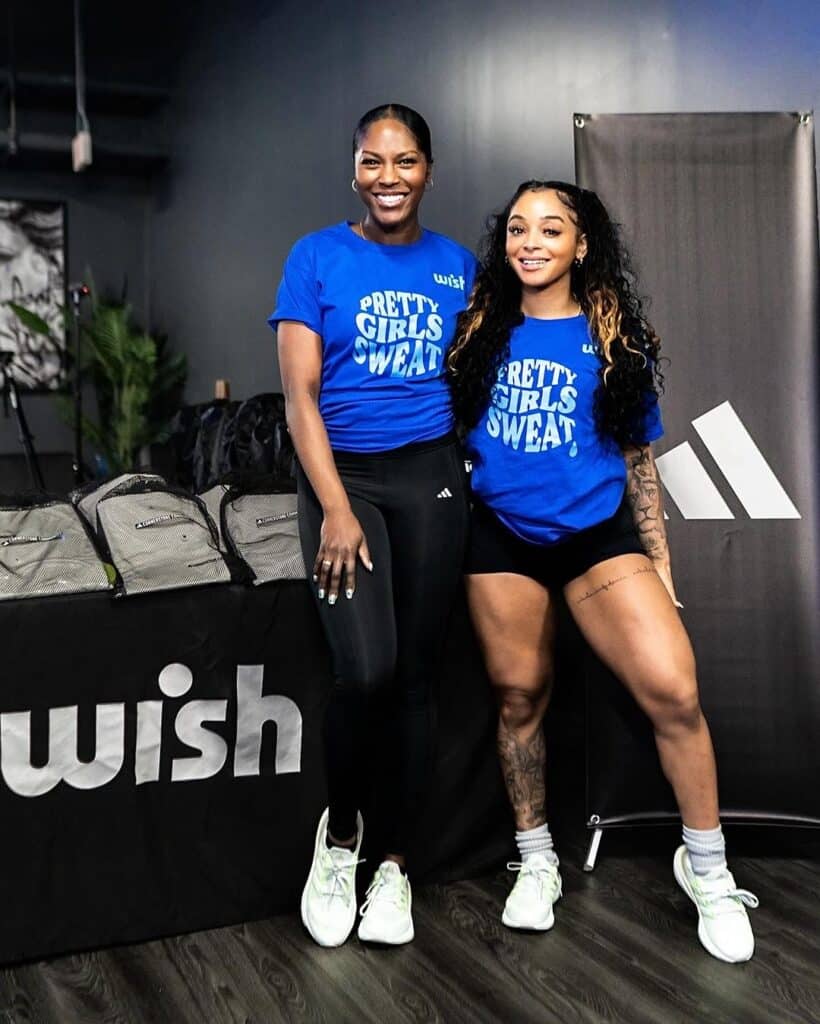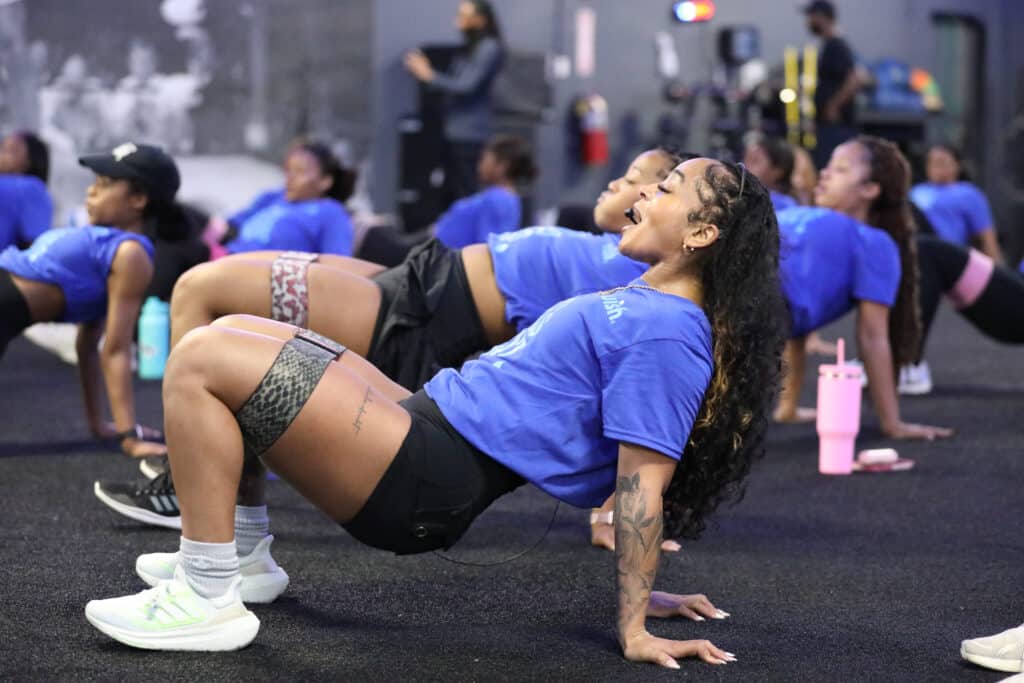Exercise acronyms from A-Z: What they are and how to use them!
June 17, 2023 • By Olivia Marjorae
Learn these common ABCs of fitness.
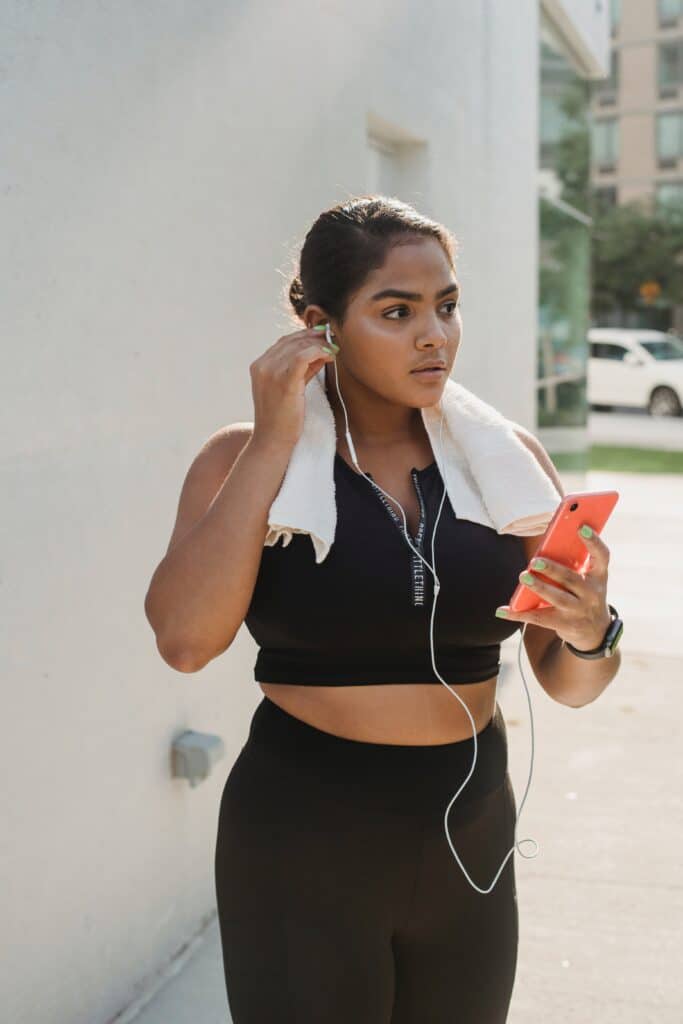
Have you ever received a text from your gym buddy that seemed like a word salad or overheard a convo at the gym that sounded like alphabet soup? Well, they were probably using exercise acronyms!
Exercise acronyms are a fun and effective way to keep your fitness conversations short, sweet, and concise. Need to catch up on the lingo? No worries, we’ve got you covered with a 12-term dictionary for all that you need to know!
Pssst—you’ll probably hear some of these terms at the upcoming PRETTY GIRLS SWEAT Fest, too!
1. ACE
ACE refers to the “American College on Exercise.” There are many certifications that a personal trainer can receive, but the most esteemed comes from ACE. The ACE Exam is an extensive examination that gauges one’s knowledge of all things fitness and kinesiology. If your personal trainer has ACE behind their name, then rest assured that you’re in good hands.
2. AMRAP
AMRAP is an acronym for “as many reps as possible.” AMRAP refers to when you’re working out and trying to push yourself to the limit, doing as many reps as possible before completing.
3. AT
AT = “aerobic threshold.” Your aerobic threshold is the point at which your body can perform at a steady rate for prolonged periods. It is measured in BPR, or “beats per minute,” which you can read more about below!
4. BMR (Sometimes, RMR)
Your BMR is your Basal Metabolic Rate, sometimes called your Resting Metabolic Rate. This term refers to the natural rate of your metabolism on a normal day, and it calculates the amount of calories your body will burn without exercise. Your BMR is important because it allows you to gauge how many calories you should be eating daily and how many calories you should eat to lose or gain. Calculate your BMR here!
5. BPM
Beats per minute! This term is just about as simple as it sounds. It refers to the amount of heartbeats your heart will facilitate each minute. Steadily increasing your BPM during cardio is an excellent way to ensure not only heart health but the health of your entire respiratory system as well. Need to calculate yours? Fitness experts at Shape magazine have you covered—see below!
“You can calculate your target heart rate with a formula called the “heart rate reserve” method. Here’s how:
- Determine your maximum heart rate (MHR) by subtracting your age from 220.
- Subtract your resting heart rate (it’s best to take this when you first wake up in the morning, using the method described above) from your maximum heart rate to find your heart rate reserve (HRR).
- Multiply your HRR by the percentage of your MHR at which you wish to train (60 to 85 percent is the usual range for people looking to increase fitness and health).
- Add your resting heart rate back to that result to get your target rate.
6. HIIT
HIIT, or High-Intensity Interval Training, is a training technique that encompasses several short yet intense rounds of exercise to increase the heart rate and, ultimately, the metabolism.
Wanna get started? Check out this 7-Day Full Body HIIT Routine!
7. HRM
HRM = Heart Rate Monitor. A nice little tool that’ll keep track of your BPM for you!
8. PR
Your PR is your Personal Record. This is the personal best you’ve achieved with a particular exercise, so this can be the highest amount of reps, the shortest amount of time, the highest weight, etc. Keeping track of your PR is a great way to gauge your progress and ensure you reach your fitness goals!
9. RM
RM = Rep Maximum. This is how many reps you can sustain for a particular exercise.
10. RPE
Your RPE is your Rate of Perceived Exhaustion. According to Cleveland Clinic, “The RPE scale measures the intensity of your exercise. The RPE scale runs from 0 – 10. The numbers are used to rate how easy or difficult you find an activity.”
11. VO2 Max
VO2 Max = Volume of Oxygen Maximum.
“Known as the “Darth Vader test,” you find your VO2 max by sprinting on a treadmill with an air-tight face mask that measures the maximum amount of oxygen you can utilize during full-out exercise. For a woman in her 20s or 30s, the average VO2 max is between 30 to 35 percent—anything over 40 is considered excellent.”
—Shape Magazine
12. WOD
WOD = Workout Of the Day! Whether it’s leg day, ab day, or anything in between, WOD lets others know how you’re getting fit for the day.
Which acronym did you learn today? Let us know in the comments down below!

